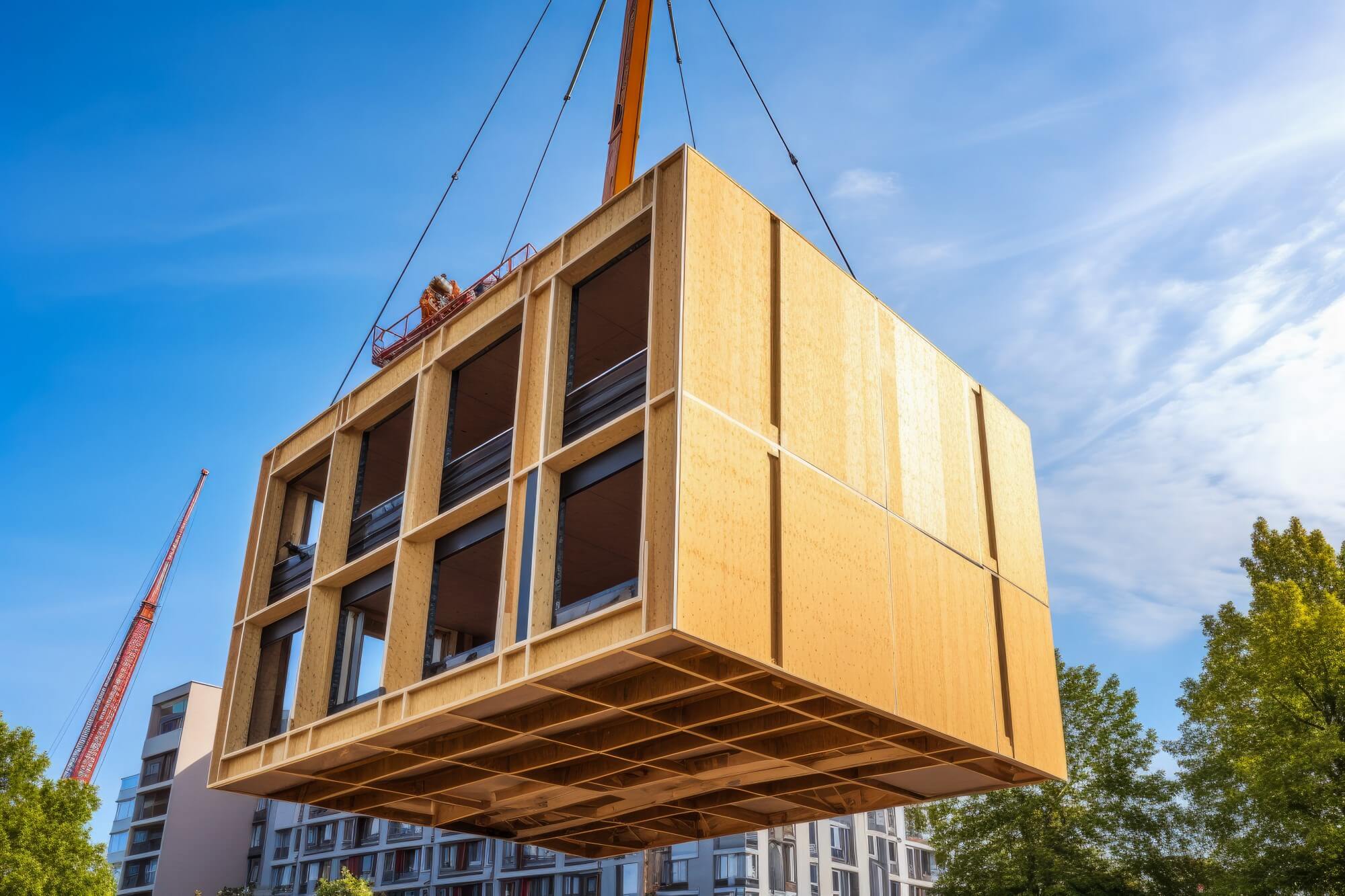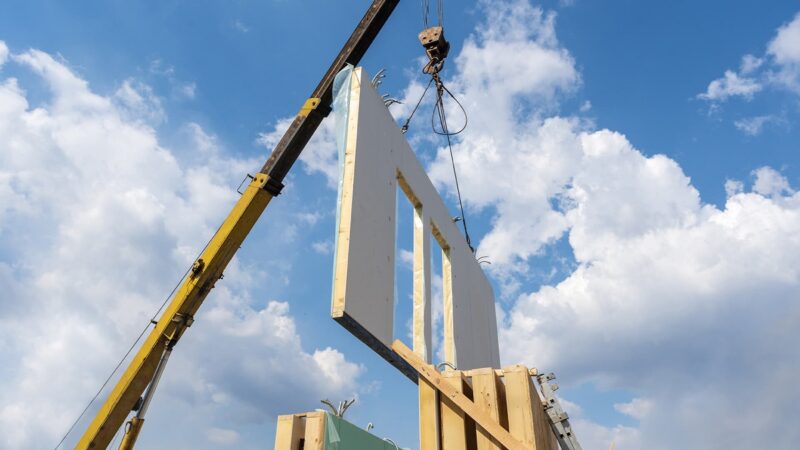In recent years, the architecture and construction industries have witnessed a transformative shift towards modular construction solutions, a method that is redefining how buildings come to life. At its core, modular construction involves the off-site fabrication of building components, which are then transported and assembled at their final location.
This innovative approach not only accelerates the construction timeline but also enhances design flexibility and sustainability. Imagine a world where homes, schools, and offices rise from the ground with remarkable speed, yet maintain high standards of quality and durability.
This article delves into the dynamics of modular construction—exploring its advantages, the intricacies of its processes, and the future possibilities that lie ahead in this rapidly evolving sector. Whether you’re an industry veteran or simply curious about modern building techniques, the realm of modular construction holds the key to unlocking a new era in architecture.
Understanding Modular Construction: Definition and Principles

Modular construction is an innovative building method that involves the off-site fabrication of pre-engineered sections—known as modules—that are subsequently transported to the construction site for assembly. Unlike traditional construction, where structures are built brick by brick, modular construction enables a faster and often more efficient process, significantly reducing downtime and labor costs.
Each module is constructed following the same standards and codes as conventional buildings, ensuring quality and safety. With principles rooted in standardization, sustainability, and flexibility, this approach allows for a variety of designs and uses, from residential homes to commercial spaces.
As we dive deeper into the world of modular construction solutions, it becomes clear that this method not only transforms the way we build but also has the potential to reshape our urban landscapes.
The Process of Modular Construction: How It Works

The process of modular construction unfolds in a fascinating sequence of steps, beginning with precise design and engineering. Architects and engineers collaborate to create modules, which are essentially prefabricated sections of a building manufactured in a controlled factory environment. These modules can encompass entire rooms or sections of a structure, complete with plumbing, electrical systems, and finishes, —ready to be assembled on site with remarkable efficiency.
Once fabricated, the modules are transported to the construction site, where they are expertly arranged and secured onto a foundation, often within a matter of days. This method not only streamlines construction timelines but also reduces waste, as materials are used more efficiently during factory production.
Moreover, modular construction is a sustainable choice, with the ability to minimize the environmental impact, all while offering a flexible, customizable approach to building. In a world that increasingly values speed and sustainability, the process exemplifies innovation at its best.
Conclusion

In conclusion, modular construction solutions represent a transformative approach to building that emphasizes efficiency, sustainability, and flexibility. By utilizing prefabricated modules created in controlled environments, this innovative method streamlines the construction process and significantly reduces waste while maintaining high-quality standards.
As the demand for faster, cost-effective, and environmentally friendly construction methods continues to grow, modular construction stands out as a viable option for addressing the challenges faced by the modern construction industry. With its many advantages, modular construction is not just a trend but a forward-thinking solution that promises to reshape the landscape of building for years to come.


